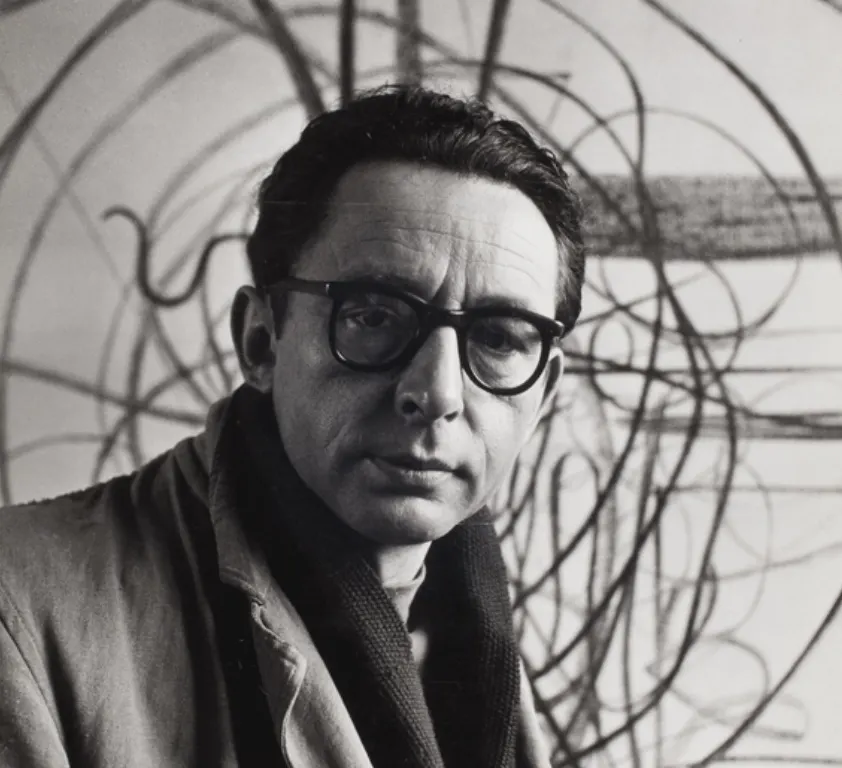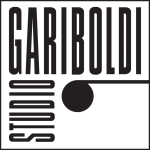Hans Hartung, born in Leipzig in 1904, was a Franco-German painter of German, one of the leading exponents of the abstract art and Tachisme movement.
From 1912 to 1914 he moved with his family to Basel. In this period he was taught about astronomy, philosophy, photography and music, before dedicating himself to painting.
He was a cultured man interested who found inspiration in the works of Rembrandt and Goya and fascinated by German Expressionism, in particular by Kokoshka and Nolde.
At the age of just 17, Hartung began experimenting with abstraction, eliminating completely the figurative elements from his the pictorial compositions.
In 1925 he enrolled at the Dresden Academy of Fine Arts, where he attended a lecture by Kandinsky, which will decisively influence his artistic views, not as a disciple but as a workmate. In fact, the two will always remain linked by respect and mutual esteem. In 1928 he met Anna-Eva Bergman, a young Norwegian expressionist artist who became his wife in 1929.
In 1931 he held his first personal exhibition at Galerie Heinrich Kühl in Dresden.
The war involved him in a dramatic way: arrest, amputation of a leg and the divorce from his wife. However, they met again and remarried in 1952. Hartung’s existence is a summation of musicality, sign, matter, drama and light. His strength was not in the form but in the swirls, streaks, scratches and traces that he left on the colored backgrounds.
Drama and suffering became an abstract sign which was always guided by passion.
In 1960 Hartung received the Grand Prix of the Venice Biennale and a series of military honors. In 1976 he published a book with his memoirs and in 1977 he joined the Académie des Beaux-Arts of Paris. From here on he held various personal and retrospective exhibitions and displayed his work ranging from painting to photography, from lithography to incision.
He died in Antibes in 1989, a place where today it is possible to visit the Foundation Hartung Bergman.

© Galerie Boulakia


